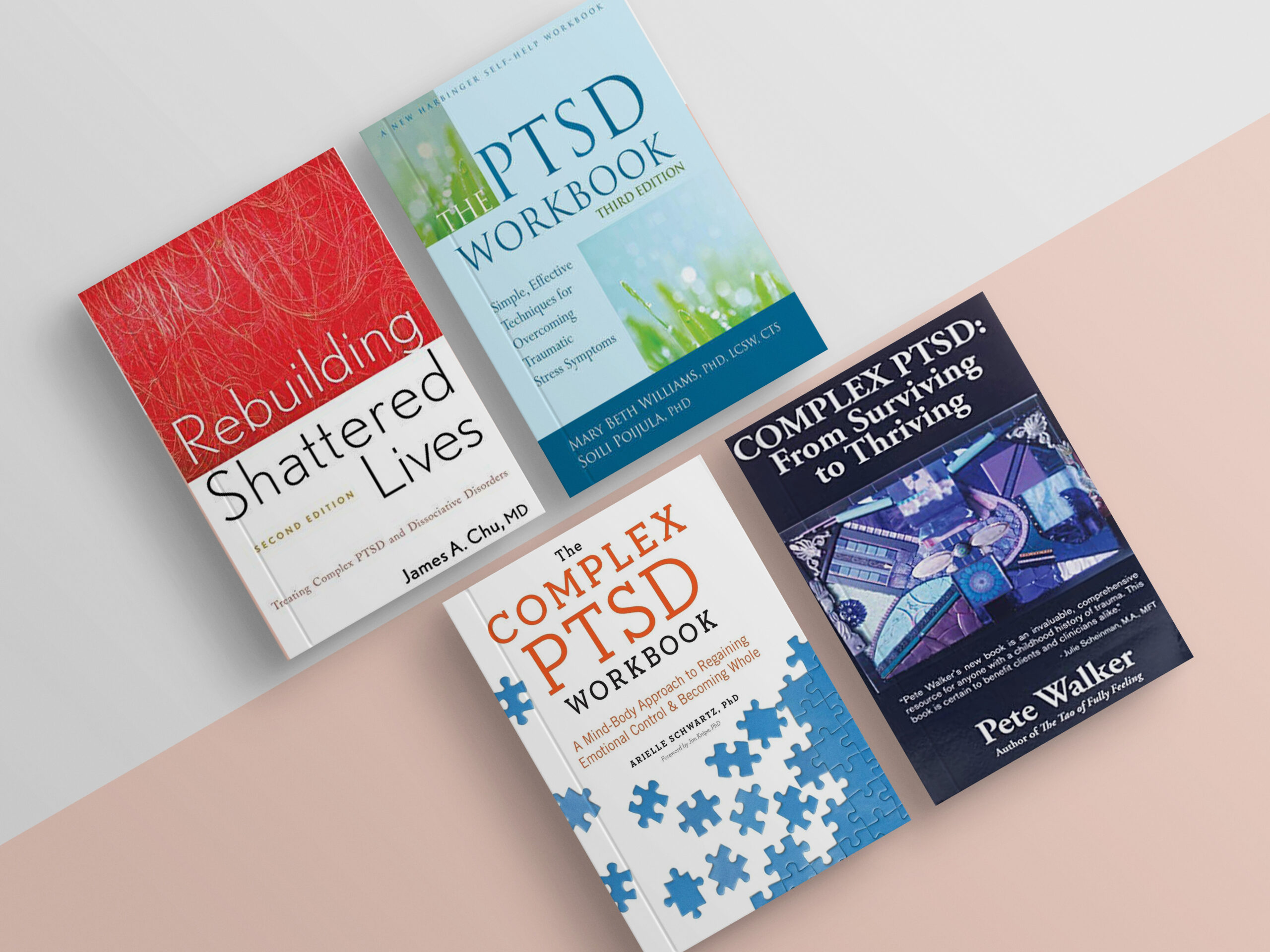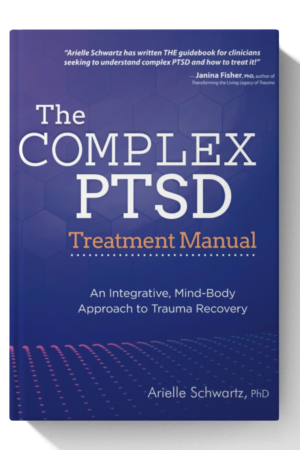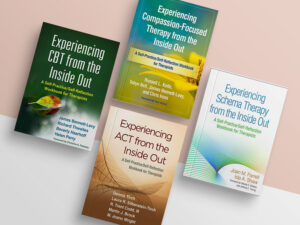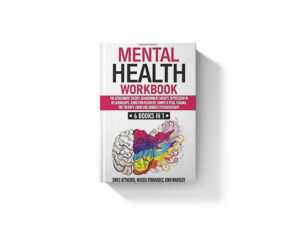“In this new edition of Rebuilding Shattered Lives, Dr. Chu distills the wisdom he has gained from many years spent building and directing an extraordinary therapeutic community in a major teaching hospital. Both beginners and experienced clinicians will benefit from this book’s unfailing clarity, balance, and pragmatism. An invaluable resource.”—Judith L. Herman, MD, Director of Training for the Victims of Violence Program, Cambridge Health Alliance, Cambridge, MA
“The need for this work is immense, as is the reward. Thank you, Dr. Chu, for continuing to share your sustaining insight and wisdom in this updated edition.”— Christine A. Courtois, founder and principal, Christine A. Courtois PhD & Associates, PLC, Washington, DC; author of Healing the Incest Wound: Adult Survivors in Therapy and Recollections of Sexual Abuse
Praise for the first edition:
“Dr. James Chu charts a deliberate and thoughtful approach to the treatment of severely traumatized patients. Written in a straightforward style and richly illustrated with clinical vignettes, Rebuilding Shattered Lives is filled with practical advice on therapeutic technique and clinical management. This is a reassuring book that moves beyond the confusion and controversies to address the critical underlying issues and integrate traditional psychotherapy with more recent understanding of the effects of trauma and pathological dissociation.” —Frank W. Putnam, MD
A fully revised, proven approach to the assessment andtreatment of post-traumatic and dissociative disorders—reflecting treatment advances since 1998
Rebuilding Shattered Lives presents valuable insights into the rebuilding of adult psyches shattered in childhood, drawing on the author’s extensive research and clinical experience specializing in treating survivors of severe abuse.
The new edition includes:
-
Developments in the treatment of complex PTSD
-
More on neurobiology, crisis management, and psychopharmacology for trauma-related disorders
-
Examination of early attachment relationships and their impact on overall development
-
The impact of disorganized attachment on a child’s vulnerability to various forms of victimization
-
An update on the management of special issues
This is an essential guide for every therapist working with clients who have suffered severe trauma.
___________________________________________________________________
The PTSD Workbook: Simple, Effective Techniques for Overcoming Traumatic Stress Symptoms – 3 Edition
In the third edition of The PTSD Workbook, psychologists and trauma experts Mary Beth Williams and Soili Poijula offer readers the most effective tools available for overcoming post-traumatic stress disorder (PTSD).
PTSD is an extremely debilitating condition that can occur after exposure to a terrifying event. But whether you’re a veteran of war, a victim of domestic violence or sexual violence, or have been involved in a natural disaster, crime, car accident, or accident in the workplace, your symptoms may be getting in the way of you living your life.
PTSD can often cause you to relive your traumatic experience in the form of flashbacks, memories, nightmares, and frightening thoughts. This is especially true when you are exposed to events or objects that remind you of your trauma. Left untreated, PTSD can lead to emotional numbness, insomnia, addiction, anxiety, depression, and even suicide. So, how can you start to heal and get your life back?
In The PTSD Workbook, Third Edition, psychologists and trauma experts Mary Beth Williams and Soili Poijula outline techniques and interventions used by PTSD experts from around the world to conquer distressing trauma-related symptoms. In this fully revised and updated workbook, you’ll learn how to move past the trauma you’ve experienced and manage symptoms such as insomnia, anxiety, and flashbacks.
Based in cognitive behavioral therapy (CBT), this book is extremely accessible and easy to use, offering evidence-based therapy at a low cost. This new edition features chapters focusing on veterans with PTSD, the link between cortisol and adrenaline and its role in PTSD and overall mental health, and the mind-body component of PTSD. Clinicians will also find important updates reflecting the new DSM-V definition of PTSD.
This book is designed to give you the emotional resilience you need to get your life back together after a traumatic event.
___________________________________________________________________
The Complex PTSD Workbook: A Mind-Body Approach to Regaining Emotional Control and Becoming Whole
A mind-body workbook for healing and overcoming Complex PTSD
Those affected by complex PTSD, or C-PTSD, commonly feel as though there is something fundamentally wrong with them―that somewhere inside there is a part of them that needs to be fixed. Facing one’s PTSD is a brave, courageous act―and with the right guidance, recovery is possible.
In The Complex PTSD Workbook, you’ll learn all about C-PTSD and gain valuable insight into the types of symptoms associated with unresolved childhood trauma. Take healing into your own hands while applying strategies to help integrate positive beliefs and behaviors.
Discover your path to recovery with:
- Examples and exercises―Uncover your own instances of trauma with PTSD activities designed to teach you positive strategies.
- Expert guidance―Explore common PTSD diagnoses and common methods of PTSD therapy including somatic therapy, CBT, and mind-body perspectives.
- Prompts and reflections―Apply the strategies you’ve learned and identify PTSD symptoms with insightful writing prompts.
Find the tools you need to work through C-PTSD and regain emotional control with this mind-body workbook.
___________________________________________________________________
Complex PTSD: From Surviving to Thriving: A Guide and Map for Recovering from Childhood Trauma
I have Complex PTSD [Cptsd] and wrote this book from the perspective of someone who has experienced a great reduction of symptoms over the years. I also wrote it from the viewpoint of someone who has discovered many silver linings in the long, windy, bumpy road of recovering from Cptsd.
I felt encouraged to write this book because of thousands of e-mail responses to the articles on my website that repeatedly expressed gratitude for the helpfulness of my work. An often echoed comment sounded like this: At last someone gets it. I can see now that I am not bad, defective or crazy…or alone!
The causes of Cptsd range from severe neglect to monstrous abuse. Many survivors grow up in houses that are not homes – in families that are as loveless as orphanages and sometimes as dangerous.
If you felt unwanted, unliked, rejected, hated and/or despised for a lengthy portion of your childhood, trauma may be deeply engrained in your mind, soul and body.
This book is a practical, user-friendly self-help guide to recovering from the lingering effects of childhood trauma, and to achieving a rich and fulfilling life. It is copiously illustrated with examples of my own and my clients’ journeys of recovering. This book is also for those who do not have Cptsd but want to understand and help a loved one who does.
This book also contains an overview of the tasks of recovering and a great many practical tools and techniques for recovering from childhood trauma. It extensively elaborates on all the recovery concepts explained on my website, and many more. However, unlike the articles on my website, it is oriented toward the layperson. As such, much of the psychological jargon and dense concentration of concepts in the website articles has been replaced with expanded and easier to follow explanations. Moreover, many principles that were only sketched out in the articles are explained in much greater detail. A great deal of new material is also explored.
Key concepts of the book include managing emotional flashbacks, understanding the four different types of trauma survivors, differentiating the outer critic from the inner critic, healing the abandonment depression that come from emotional abandonment and self-abandonment, self-reparenting and reparenting by committee, and deconstructing the hierarchy of self-injuring responses that childhood trauma forces survivors to adopt.
The book also functions as a map to help you understand the somewhat linear progression of recovery, to help you identify what you have already accomplished, and to help you figure out what is best to work on and prioritize now. This in turn also serves to help you identify the signs of your recovery and to develop reasonable expectations about the rate of your recovery.
I hope this map will guide you to heal in a way that helps you to become an unflinching source of kindness and self-compassion for yourself, and that out of that journey you will find at least one other human being who will reciprocally love you well enough in that way.






Reviews
There are no reviews yet.